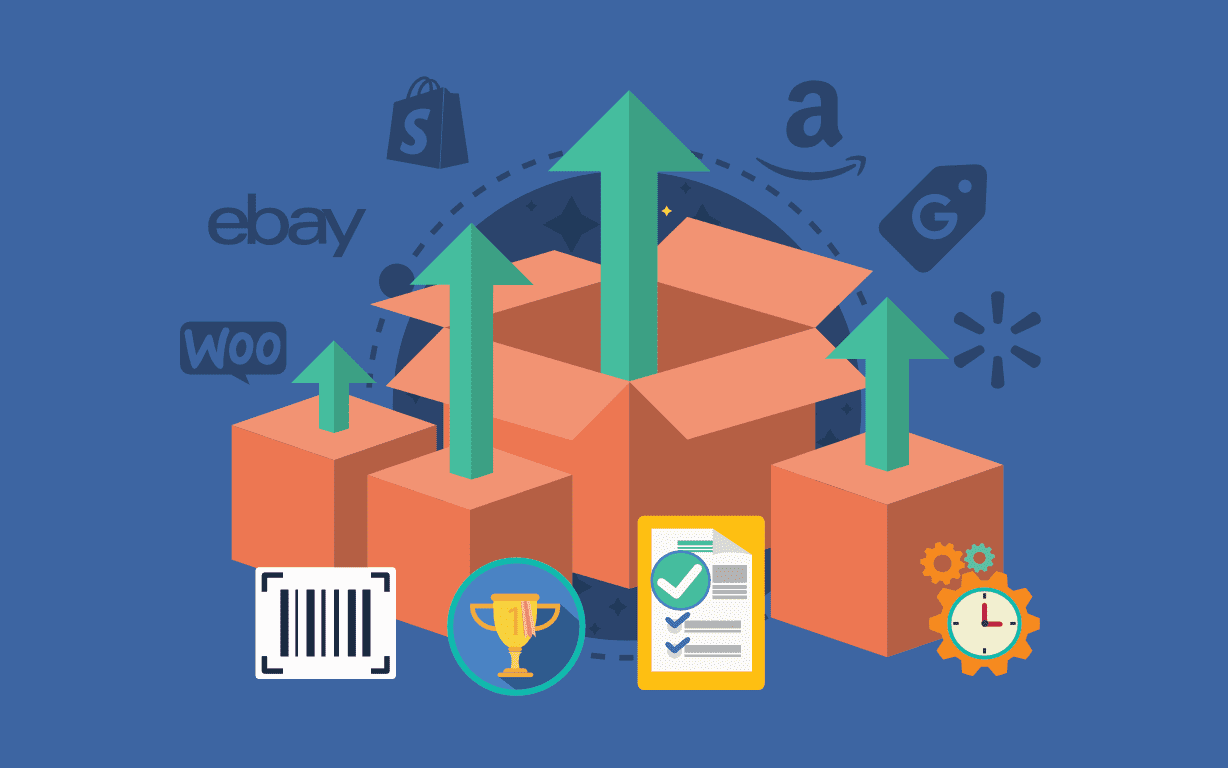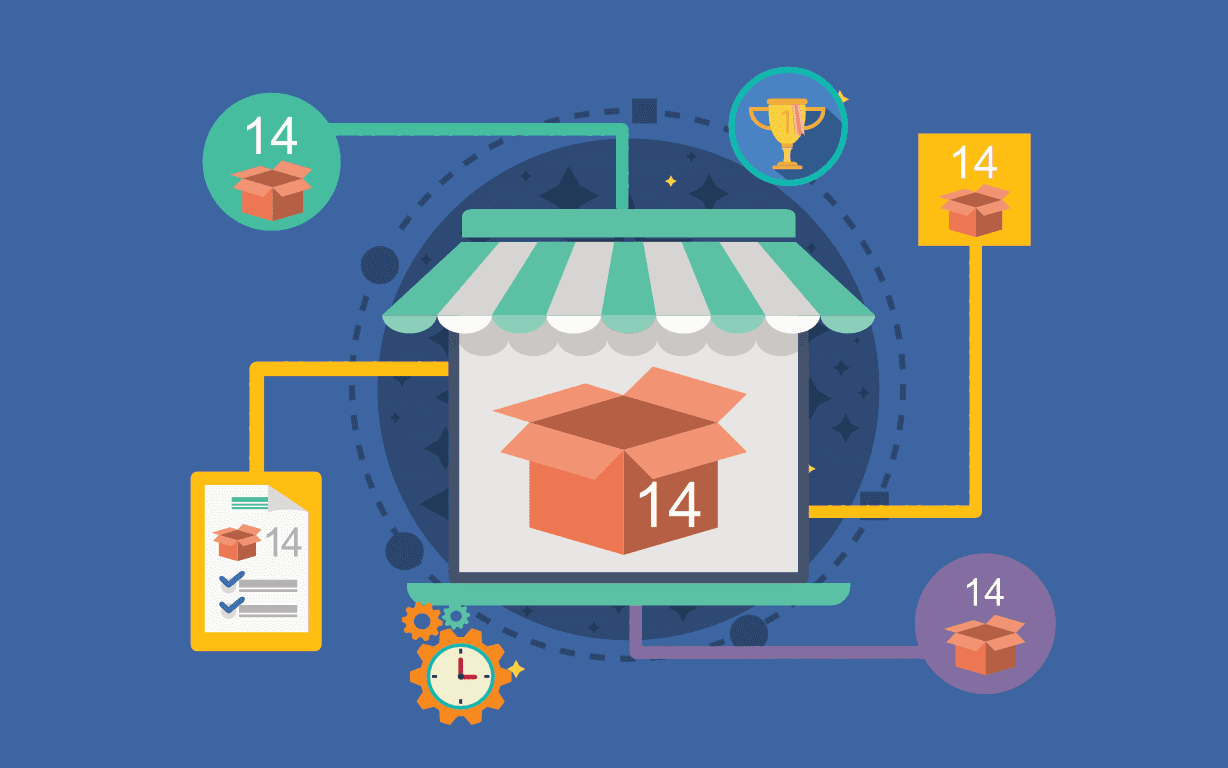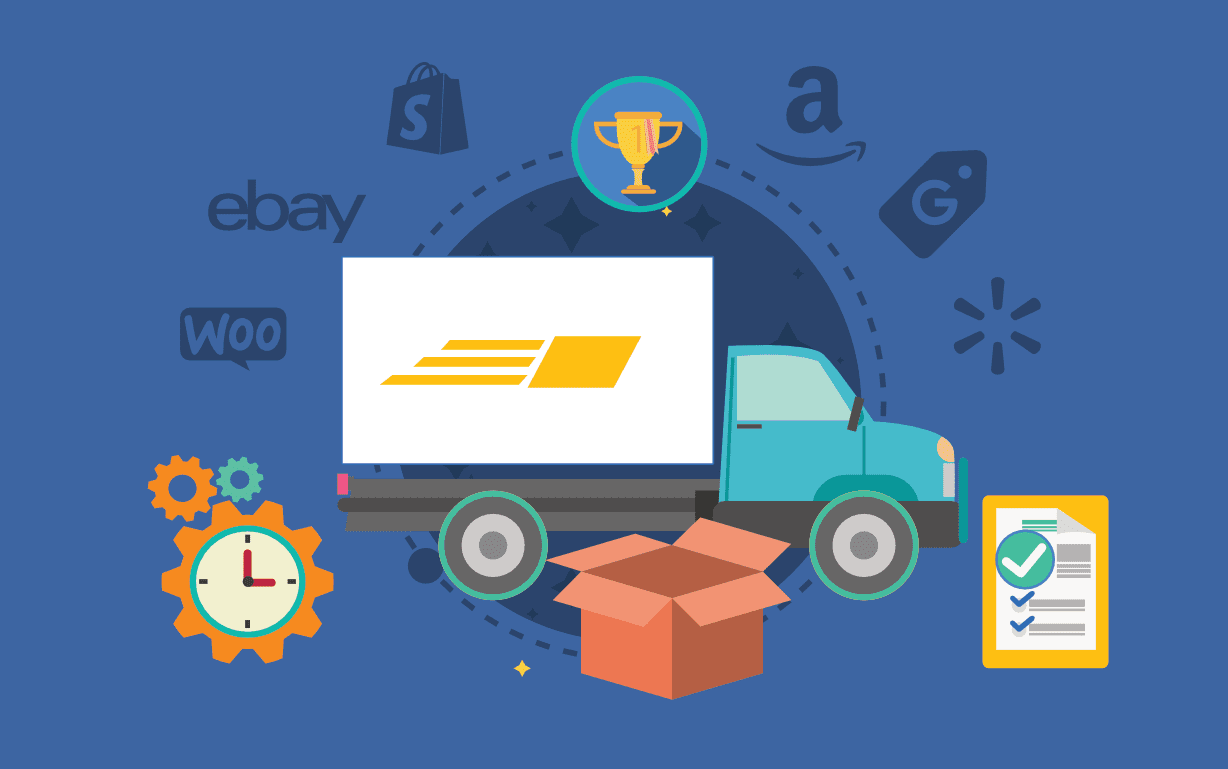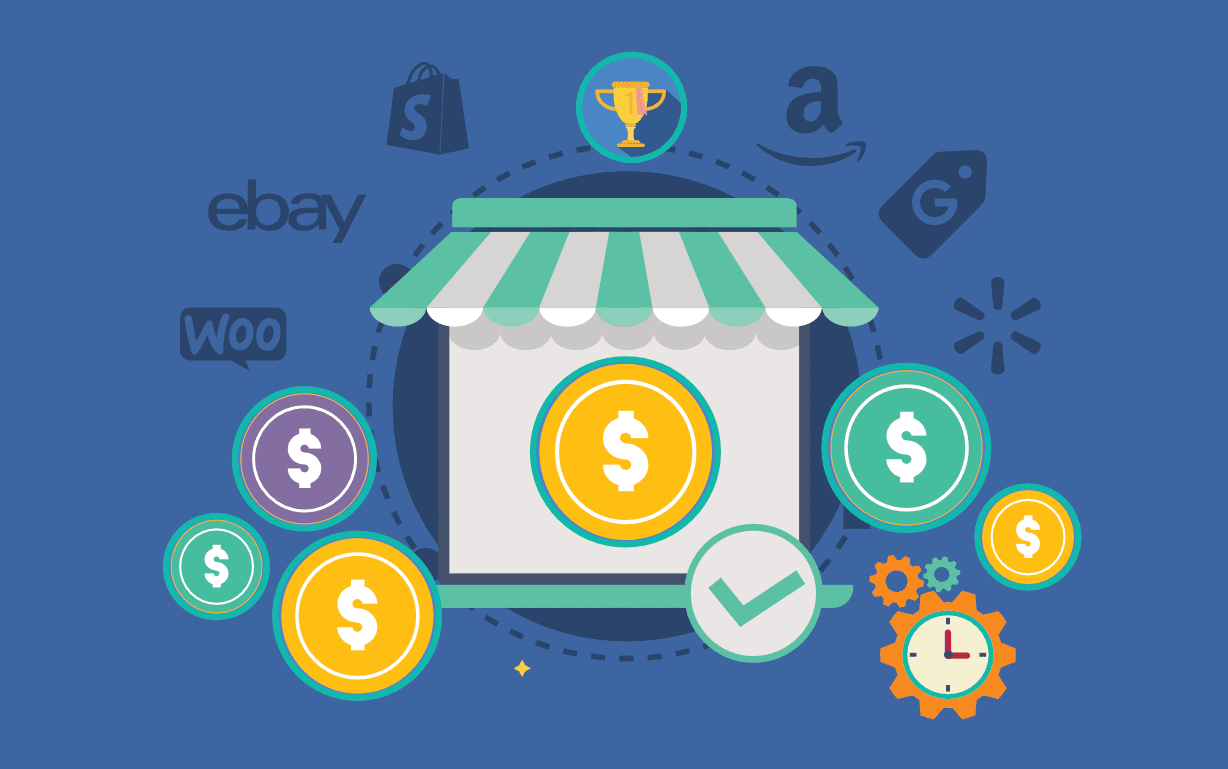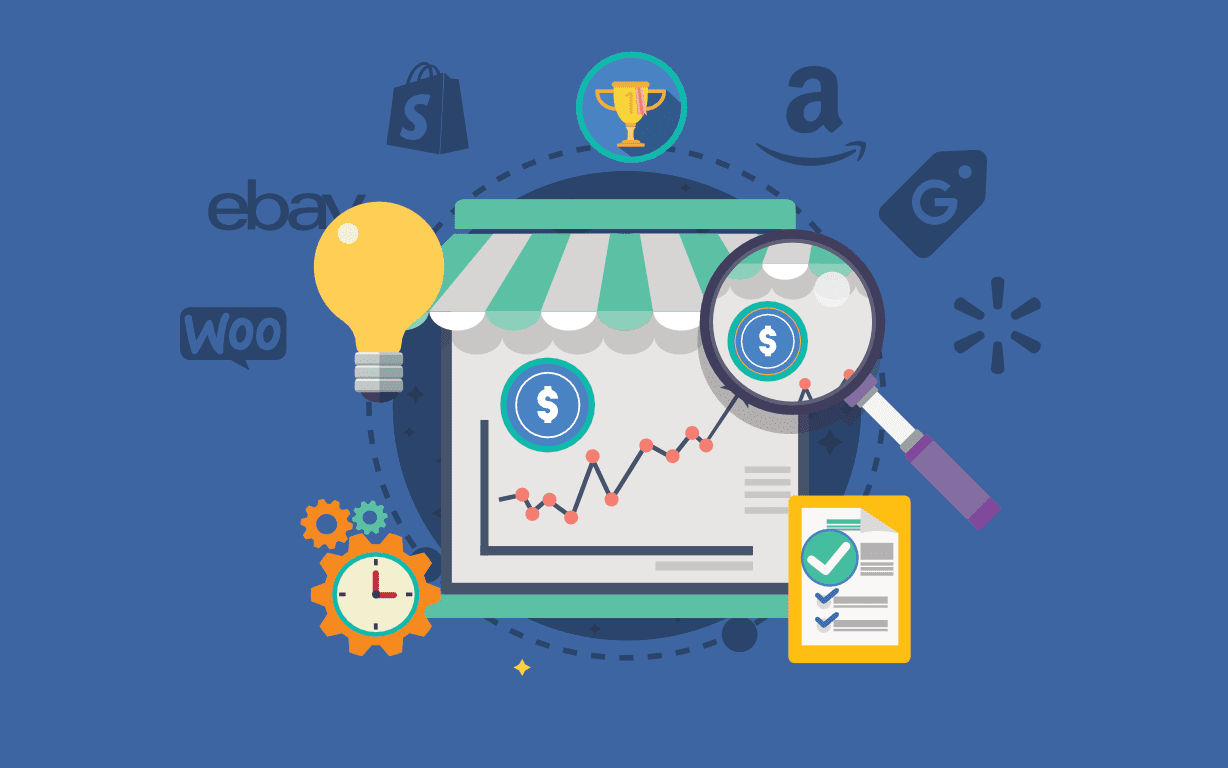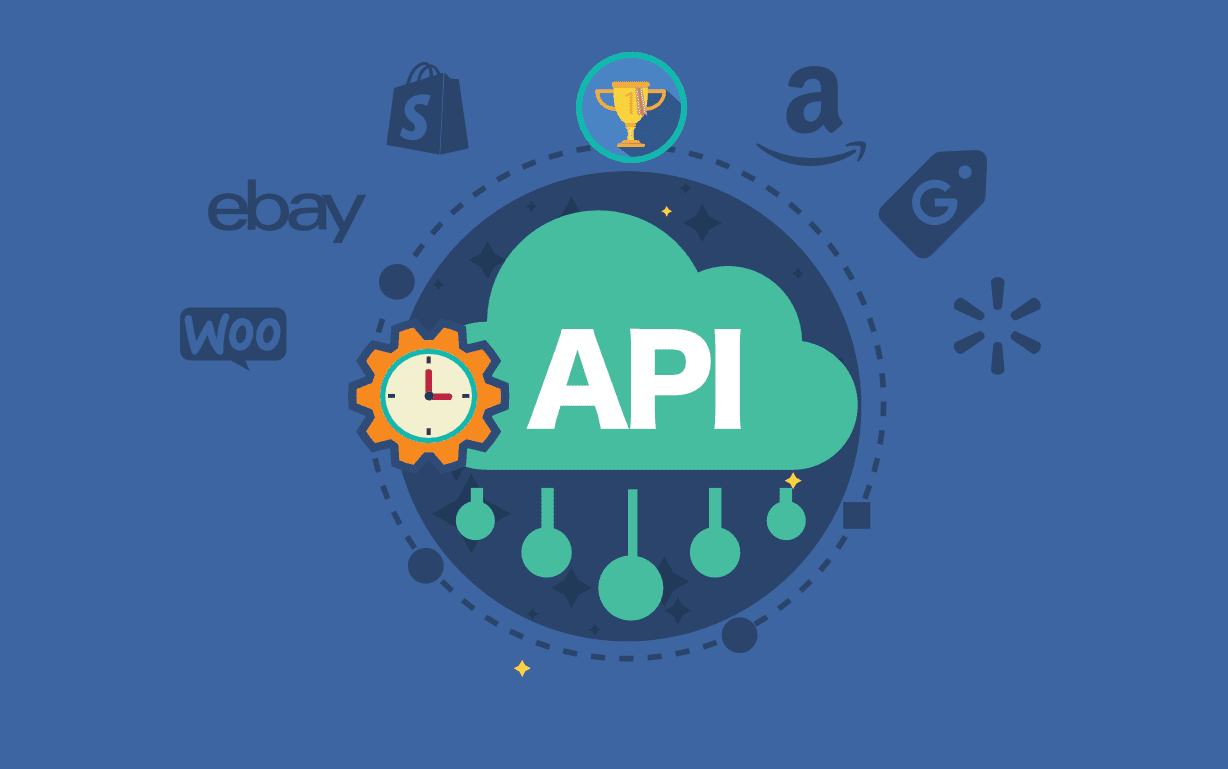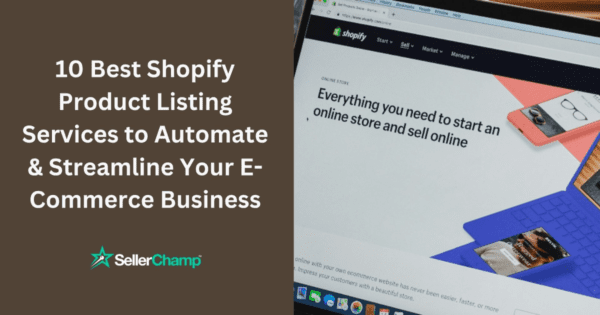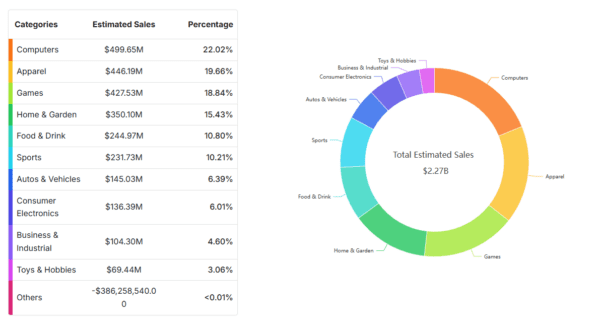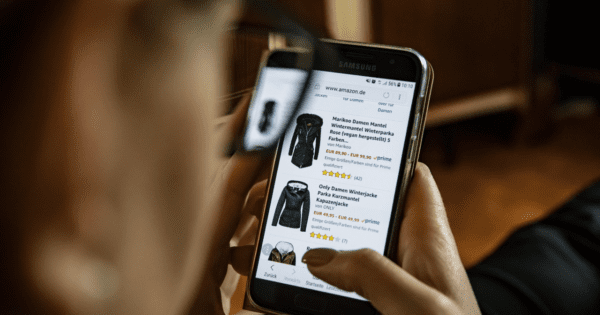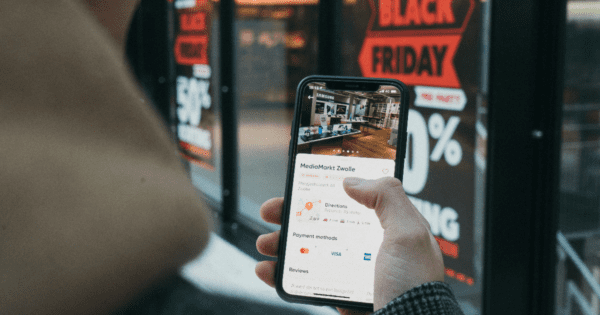Overview & Benefits of Multi-Channel Retailing
With so many ways for customers to shop today, it’s paramount for your business to reach your potential customers using multiple avenues. Having a traditional brick-and-mortar store or single-site just isn’t enough. For many businesses, multi-channel retailing can be an effective organic selling strategy to transforming their business model.

What exactly is multi-channel retailing?
Multi-channel retailing enables a business to offer goods and services to its customer through multiple selling channels. This can be a physical store, an online store (ex: a site built on Shopify, Bigcommerce, or Woocommerce), or third-party marketplaces such as Amazon, eBay, Walmart, Google Shopping, or even social media platforms such as Facebook, Pinterest, or Instagram.
To understand how multi-channel selling works in practice let’s take an example of a company that sells standing desks. A potential customer’s journey to purchase might look like the following:
Stumbles across a Facebook post, sees an ad, or sees a friend using one
Experiences occasional back pain and decides to learn more about the benefits of a standing desk on Google.
Over the next few weeks, sees more posts on the top social media platforms such as Facebook, Instagram, and Pinterest
Finally decides to purchase one and starts searching on Google
Does some price shopping on Amazon, Google, and other websites he/she comes across
Makes a purchase
This is a typical journey most buyers make. They see a product on multiple channels before finally making a purchase. Going back to our example, if a company selling standing desks is utilizing all of the above channels then the company will have not only created strong brand awareness in the buyer’s mind but will also have significantly boosted their chances of making a sale on any of these channels.
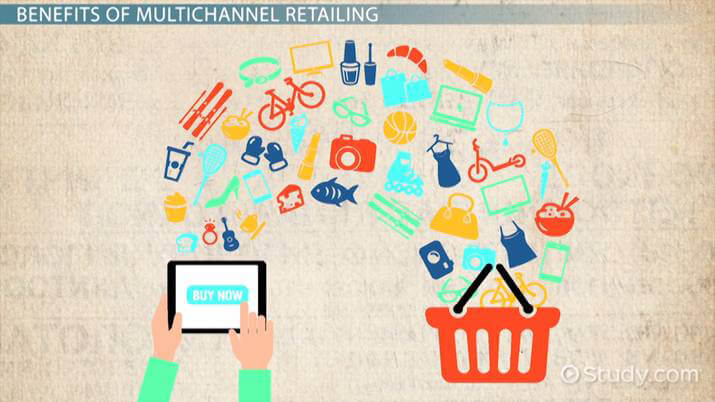
Benefits of multi-channel retailing
There are several benefits to multi-channel retailing that include increased revenue, diversification, and a deeper understanding of your customers.
Increased revenue
Businesses that sell on multiple channels have seen on average a 3.5x increase in their revenue without needing to invest more money in advertising and marketing. Multi-channel selling is the most effective organic selling strategy available today. By spreading your business across multiple channels, you show up more often in a potential buyer’s view and receive more attention. This results in organic brand awareness, more views, and significantly increased chances of making the eventual sale.
Diversification & Lower risk
Not all buyers are created equal. Preferences, perceptions, and bias play a huge role when it comes to purchasing decisions. Many feel Amazon is where you go to purchase quality products with peace of mind. Others feel eBay is where the best deals and bargains are found. Then there are others that avoid the “big boys” and prefer purchasing products on personalized, specialty websites that put customer education and user experience above everything else. With multi-channel selling, you can cater to all these separate customer niches and buying preferences. Giving your customers more ways to buy can mean more customers.
Another less obvious benefit of multi-channel selling is that it reduces your risk of running your business. With multi-channel selling, a drop in sales on a specific channel or even no longer being able to sell on a specific channel can be tolerated and recovered from.
Learn more about your customers
When you’re selling on a single channel, there is very little you can learn about your customers because you have nothing to compare against. Multi-channel selling opens the doors to a new set of learnings, key Insights, and feedback that can help you unlock more revenue and competitive advantages that were previously invisible.
For instance, by comparing your sales across your various selling channels you might discover that your sales on one channel are 10x the volume of another. With this insight, you can not only start to learn why one channel is outperforming but also that you can shoot for higher sales for your other channels as well. Furthermore, by comparing how different products perform across different channels, you can gain invaluable insight into how to best promote your products across your various selling channels.
Challenges of multi-channel retailing
Every business strategy has its own set of challenges that need to be addressed. Multi-channel selling is no different. In order to run a successfully multi-channel retail operation, you can try multi channel listing software the following challenges.
Inventory synchronization
One of the most critical and difficult challenges is that of keeping your inventory synchronized across all your selling channels. Unless you solve this challenge, your multi-channel operation will fall flat on its face.
Let’s take an example of a multi-channel retailer that sells on three different channels: a physical store, an online store, and a third-party marketplace such as Amazon, eBay, or Walmart. When they run out of stock they must ensure they zero-out the quantities on each of their selling channels before another sale is made. Failing to do so runs the risk of overselling – a problem that can be heavily penalized by third-party marketplaces and also leave a negative impression on your buyers. Furthermore, the larger your inventory grows and the faster your sales grow, the bigger this problem becomes. Without a fully automated inventory synchronization solution, your business simply cannot adopt a multi-channel strategy.
Fortunately, there is an easy solution to this problem. You can use a software tool like SellerChamp™ to fully automate your inventory synchronization to prevent overselling. With advanced configurations and support for bundling, product linking, and quantity reserves you can focus on growing your business without worrying out oversells.
Product Listing & Optimization
Creating a good product listing on your online selling channels is paramount to ensuring your product sells and results in happy, satisfied customers. How to create a good product listing is a separate topic but suffice to say that repeating those steps to create the listings on all your selling channels can easily end up being a costly and time-consuming endeavor.
This is where listing programs like SellerChamp™ can help by copying your listing from one channel (say, your online store) and importing it across all your other selling channels. Each selling channel has its own set of requirements and specifications. SellerChamp™ takes these into consideration when importing your listings to ensure that your listing will be compliant across all of your selling channels.
Sales & Order Consolidation
As your multi-channel sales grow, having to log into each selling channel on a daily basis to check your orders and ship them out will get annoying and time-consuming very quickly. It will slow down your pick-and-pack process and cause you to hire additional staff just so you can finish shipping out your orders for the day.
SellerChamp™ helps you tackle this problem by aggregating your orders from all your selling channels into a single dashboard. Our integration with applications such Shipstation and Shiprush can significantly speed up your pick-and-process resulting in time-savings, fewer human errors, and a smoother shipping process.
Repricing
It is easier than ever before for your buyers to compare prices when shopping. A product that isn’t priced competitively can quickly lead to a drop in sales and even a misleading perception of your brand.
At the same time, it is easy to see that trying to manually change your prices by constantly looking at the ever-changing competitive landscape is a futile task. This is especially true with third-party marketplaces, such as Amazon, eBay, and Walmart, where prices are constantly changing – sometimes within seconds.
To combat this challenge, you need a repricing tool like SellerChamp™ that will dynamically adjust your pricing based on changing competitive landscape. It does this by continuously comparing your prices to your competitors and making tweaks as needed based on rules that you can configure.
A good repricing program will help you achieve optimal sales velocity while maximizing your profits.
With an automated, well-thought-out multi-channel strategy a business can reach its customers through multiple avenues and offer them products that meet their buying preferences. In addition to increased sales, multi-channel retailing will help you uncover previously invisible data. This additional data will give you the insight and feedback needed to improve your product, packaging, and pricing. If you’re interested in going multi-channel, reach out to us at SellerChamp™.com and let us help you make the transition.


